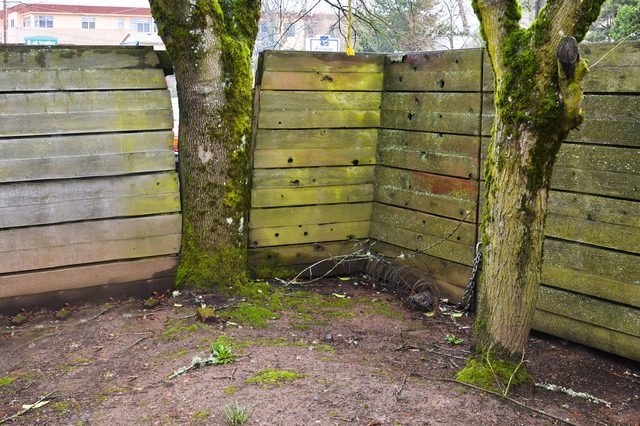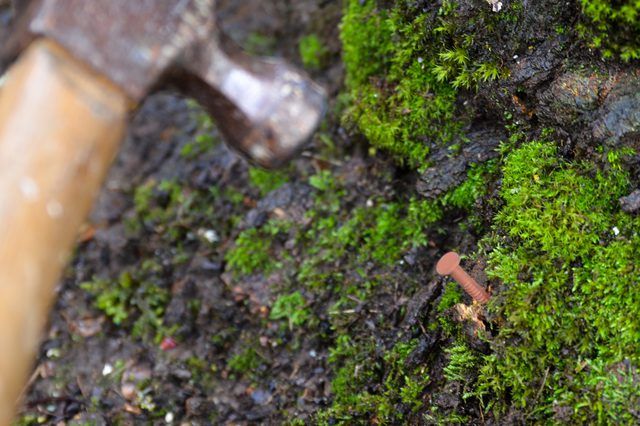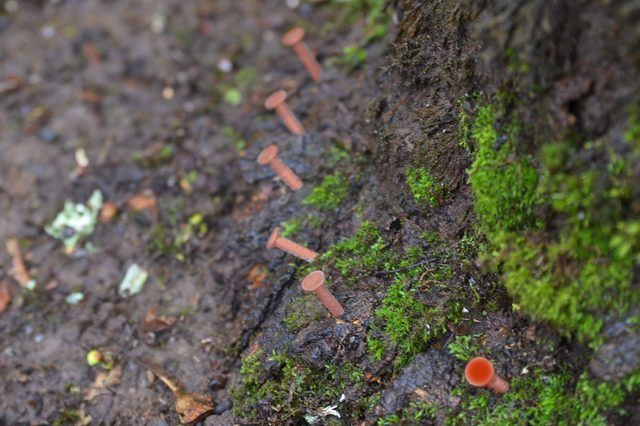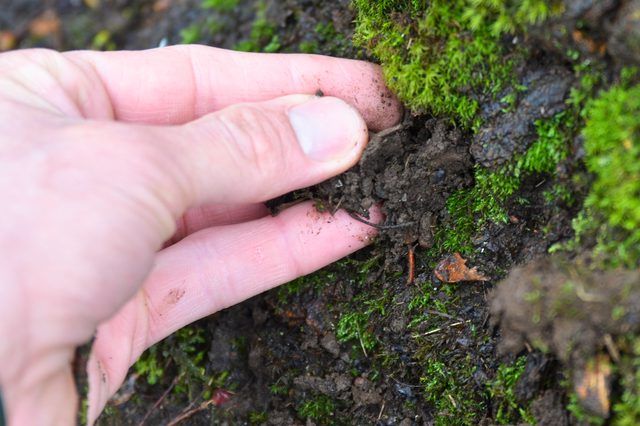Bulbs
Flower Basics
Flower Beds & Specialty Gardens
Flower Garden
Garden Furniture
Garden Gnomes
Garden Seeds
Garden Sheds
Garden Statues
Garden Tools & Supplies
Gardening Basics
Green & Organic
Groundcovers & Vines
Growing Annuals
Growing Basil
Growing Beans
Growing Berries
Growing Blueberries
Growing Cactus
Growing Corn
Growing Cotton
Growing Edibles
Growing Flowers
Growing Garlic
Growing Grapes
Growing Grass
Growing Herbs
Growing Jasmine
Growing Mint
Growing Mushrooms
Orchids
Growing Peanuts
Growing Perennials
Growing Plants
Growing Rosemary
Growing Roses
Growing Strawberries
Growing Sunflowers
Growing Thyme
Growing Tomatoes
Growing Tulips
Growing Vegetables
Herb Basics
Herb Garden
Indoor Growing
Landscaping Basics
Landscaping Patios
Landscaping Plants
Landscaping Shrubs
Landscaping Trees
Landscaping Walks & Pathways
Lawn Basics
Lawn Maintenance
Lawn Mowers
Lawn Ornaments
Lawn Planting
Lawn Tools
Outdoor Growing
Overall Landscape Planning
Pests, Weeds & Problems
Plant Basics
Rock Garden
Rose Garden
Shrubs
Soil
Specialty Gardens
Trees
Vegetable Garden
Yard Maintenance
How to Kill Trees With Copper Nails
How to Kill Trees With Copper Nails. Sometimes, trees need to be killed. When trees are in the wrong places, they can damage driveways and buildings and block sunlight from reaching a garden. Some trees are heavily invasive and choke out native growth, such as the tree-of-heaven, also known as the stinktree because of its offensive smell. Others,...
Sometimes, trees need to be killed. When trees are in the wrong places, they can damage driveways and buildings and block sunlight from reaching a garden. Some trees are heavily invasive and choke out native growth, such as the tree-of-heaven, also known as the stinktree because of its offensive smell. Others, such as the sweet gum, drop fruits that can damage a lawn mower. Although chemicals and salt water effectively kill a tree, both methods can damage the soil around the tree, with worst-case scenarios as severe as a plot of land where nothing can grow or survive again. Copper nails do the trick but without the lasting damage.

Things You'll Need
Copper nails
Hammer
Mud
Step 1
Near the base of the target tree, hammer in a copper nail at a slight angle pointing downward. There is no standard as far as size goes when choosing copper nails, but generally, the more surface of nail in terms of both length and width, the more effective the treatment. Also, a longer nail means deeper penetration, which translates to a higher chance of the tree becoming diseased.

Step 2
Continue hammering nails in a ring around the tree, about one-half inch apart. Doing so will damage an increased number of growth cells as well as increase the concentration of copper in the tree. This higher concentration is better because that will increase the chance of the metal oxidizing, which poisons the tree. The idea that one copper nail will kill a tree is only true for very small trees, such as saplings. Larger trees can tolerate a single nail without issue and will simply grow over the nail in time with no ill effects.

Step 3
Cover nail heads with mud, if necessary. The purpose of covering copper nails with mud is to conceal the nails. Copper has a tendency to show quite plainly in the trunk of trees due to its bright coloring. Covering the nails makes the process less obvious with a casual glance and can preserve the look of a yard as the tree starts to die. Using mud to cover them, though, will not completely hide the fact that something has been done to the tree.

Step 4
After the tree is dead, remove the nails before removing the tree. Otherwise, the nails could fly out and injure someone or they could damage the machinery being used to remove the tree since there are many nails.
